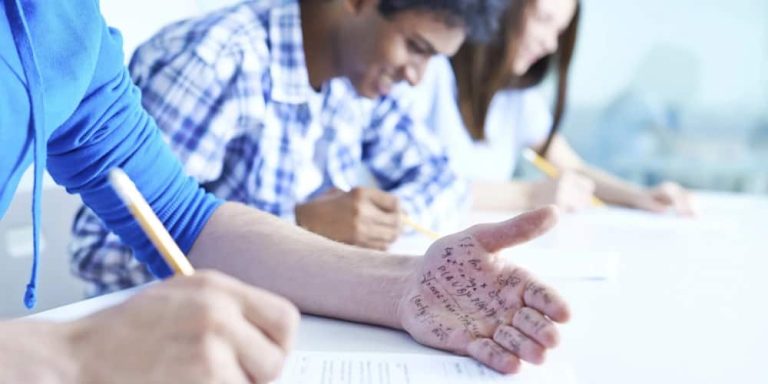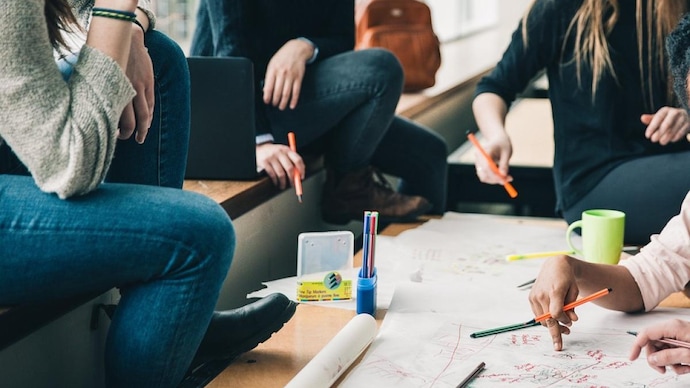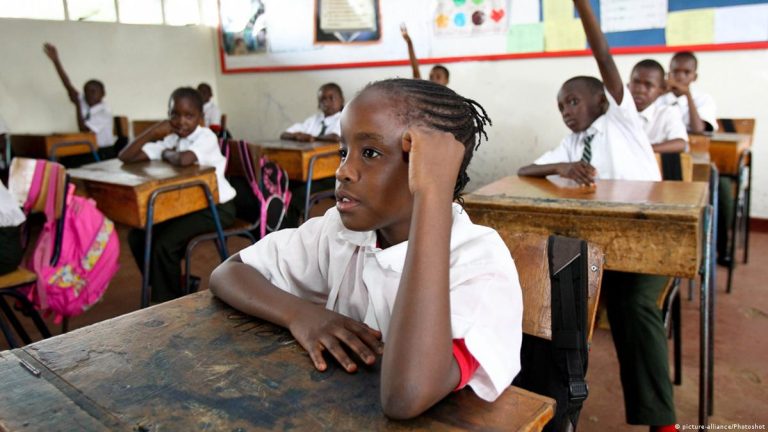Reproductive Human System – Male and Female – J S 3 – Week 8
WEEK 8
TOPIC: Human Reproductive System
CLASS: JSS 3
SUBJECT: Basic Science
PERIOD: Double
DURATION: 80 minutes
DATE: 24th Feb – 28th Feb 2025
LEARNING OBJECTIVES:
By the end of the lesson, students should be able to:
- Identify the various organs that constitute the human reproductive system.
- Discuss the functions of each component of the human reproductive system
KEY VOCABULARY WORDS: Reproduction, Testes, Ovaries, Sperm, Ovum (Egg) Fertilization, Uterus
RESOURCES AND MATERIALS:
- Diagrams of the male and female reproductive systems
- Chalkboard/Whiteboard and markers
- Textbooks (Basic Science)
- Models of reproductive organs (optional)
BUILDING BACKGROUND:
Start by asking students what they know about reproduction and why it is important. Guide them into understanding that the reproductive system is responsible for the continuation of the human species. Then explain that the male and female reproductive systems have different organs that work together to achieve reproduction.
CONTENT
- Human Reproductive System Overview:
The human reproductive system is a group of organs that work together to produce offspring. It is divided into two main types: the male reproductive system and the female reproductive system.
- Male Reproductive System:
- Testes: Produce sperm and testosterone.
- Sperm Ducts (Vas Deferens): Transports sperm from the testes to the urethra.
- Penis: Delivers sperm into the female reproductive system.
- Urethra: A tube through which sperm and urine exit the body.
- Female Reproductive System:
- Ovaries: Produce eggs (ova) and hormones like estrogen and progesterone.
- Fallopian Tubes: Transport the egg from the ovary to the uterus; fertilization occurs here.
- Uterus (Womb): Where the fertilized egg implants and develops into a baby.
- Vagina: The birth canal through which a baby is delivered.
- Fertilization:
Fertilization occurs when a sperm cell from the male combines with an ovum (egg) from the female in the fallopian tube. This leads to the formation of a zygote, which then develops into an embryo and eventually a baby.
- Importance of Reproduction:
- Ensures the continuation of the human species.
- Passes on genetic traits from parents to children.
CONTENT (Details of the 2nd Lesson Note):
- Path of the Egg (Ovum) During Menstruation:
- Ovulation: Every month, one of the ovaries releases a mature egg (ovum) into the fallopian tube.
- Fallopian Tube: The egg travels through the fallopian tube towards the uterus. If it is not fertilized by sperm, it does not result in pregnancy.
- Uterus: The uterus prepares a lining of blood to receive a fertilized egg. If fertilization does not occur, the lining of the uterus is shed, leading to menstruation.
- Menstruation: The unfertilized egg and the uterine lining are expelled from the body through the vagina. This process is called menstruation, and it happens roughly every 28 days.
- Path of Sperm During a Wet Dream (Nocturnal Emission):
- Production of Sperm: Sperm is produced in the testes, and stored in the epididymis.
- Ejaculation: During a wet dream, sperm travels from the epididymis through the sperm ducts (vas deferens) to the urethra.
- Urethra and Penis: Sperm is then expelled from the body through the urethra, which runs through the penis. This is a natural process that happens in males during sleep and is called a wet dream (nocturnal emission).
STRATEGIES AND ACTIVITIES:
- With the aid of a chart/model, Students as a class identify the various organs that constitute the human reproductive system.
- Students in small groups discuss the functions of the organs of the human reproductive system.
WRAP-UP & ASSESSMENT:
- Recap the major components of the male and female reproductive systems and their functions.
- Ask the students to label diagrams of the reproductive systems.
- Ask students to explain the process of fertilization in simple terms.
ASSIGNMENT:
- Draw and label the male and female reproductive systems.
- Research and list the changes that occur during puberty that prepare the human body for reproduction.
HOD/VP’s COMMENT & ENDORSEMENT:






